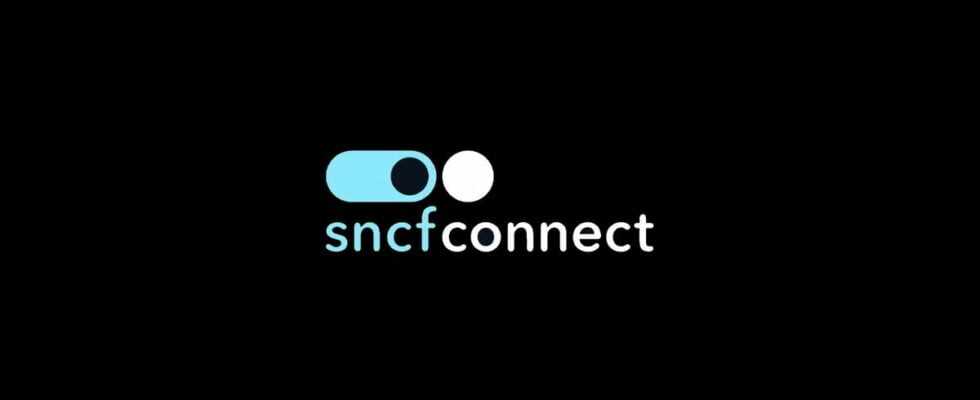The SNCF Connect application is definitely making a lot of noise, and not in the best way. Launched on January 25, SNCF Connect was initially designed with a view to simplifying and winning back its customers, the result of the merger between the former Oui.sncf and the Assistant SNCF. But in fact, its implementation suffers from many bugs.
To drive the point a little further, the Minister Delegate for Transport himself, Jean-Baptiste Djebbari, publicly acknowledged the malfunctions of the application of the rail carrier. Asked this Sunday on CNews, the minister asked that the malfunctions be resolved “as soon as possible”. Jean-Baptiste Djebbari nevertheless acknowledges that this new SNCF application offers “more features” than the previous version and is “necessary”.
“What I said to the SNCF is that this transition to the Connect application, which it is true offers many more features in the medium term, was necessary. On the other hand, there are dysfunctions that must be resolved as soon as possible, ”he says. At the SNCF, “they are committed to it, they have mobilized more than 30% of the workforce to answer a certain number of requests on the telephone”, observes the minister.
Since its launch, SNCF’s travel reservation, payment and tracking application has faced an avalanche of negative comments. In addition to the search engine, the criticisms relate above all to the loss of traveler files, problems reading ticket QR codes, outlandish itinerary proposals, the disappearance of price comparisons, the impossibility of using the Wallet of iPhone to store tickets, difficulties in accessing a ticket to cancel it or the very dark background chosen for the application.
The Captain Train founder is also critical
A redesign difficult to digest, especially since the new version of the application is very different from the previous one from an ergonomic point of view. Jean-Daniel Guyot, behind Captain Train, highlighted, on Twitter, a defect of SNCF Connect inherent in its design. He compares the SNCF project to what Captain Train (Trainline) originally intended to do many years earlier, before changing his tune. Captain Train wanted at startup to open a simple text field to indicate the destination and the schedule of the trip. “We thought we had an unbeatable concept there, which was going to crush the monopolistic giant. Our customers were going to fall in love with this simplicity,” says Jean-Daniel Guyot. But this simple concept turned out to be “a false good idea”, he says, since there are “1,000 ways to describe the journey you want to take”.
When we thought of Captain Train, we had an interface principle that we thought was very powerful. Since https://t.co/q0bIoUtu6v was an awful form full of ads, we wanted to land with a design that had to demonstrate our simplicity at a glance.
— Jean-Daniel Guyot (@jdguyot) February 11, 2022
For him, “ultimately, in many cases, a well-made form is better than a natural language interpretation”. And the “trap”, he insists, is to think that in design simplicity means “minimalism”. Also, “the irony will therefore have wanted, 13 years after our idea, that our main competitor at the time really tried to go to the end of the concept that we had thrown in the trash after a few tests”, adds -he.
Other external observers have also criticized the general handling of the SNCF application, judging the application “below all expectations”. If the method of wanting to “change the umpteenth time by changing everything, even the branding, instead of capitalizing on what already exists” is singled out, criticism also targets “the sacrificed service design approach” notes, in a Twitter thread, a specialist in UX design.
Despite the criticism, no less than six million train tickets have already been sold on SNCF Connect since its launch, says the rail carrier. Faced with growing competition, whether from Trainline or Kayak, SNCF CEO Jean-Pierre Farandou promised that improvements would be made by the end of March.
